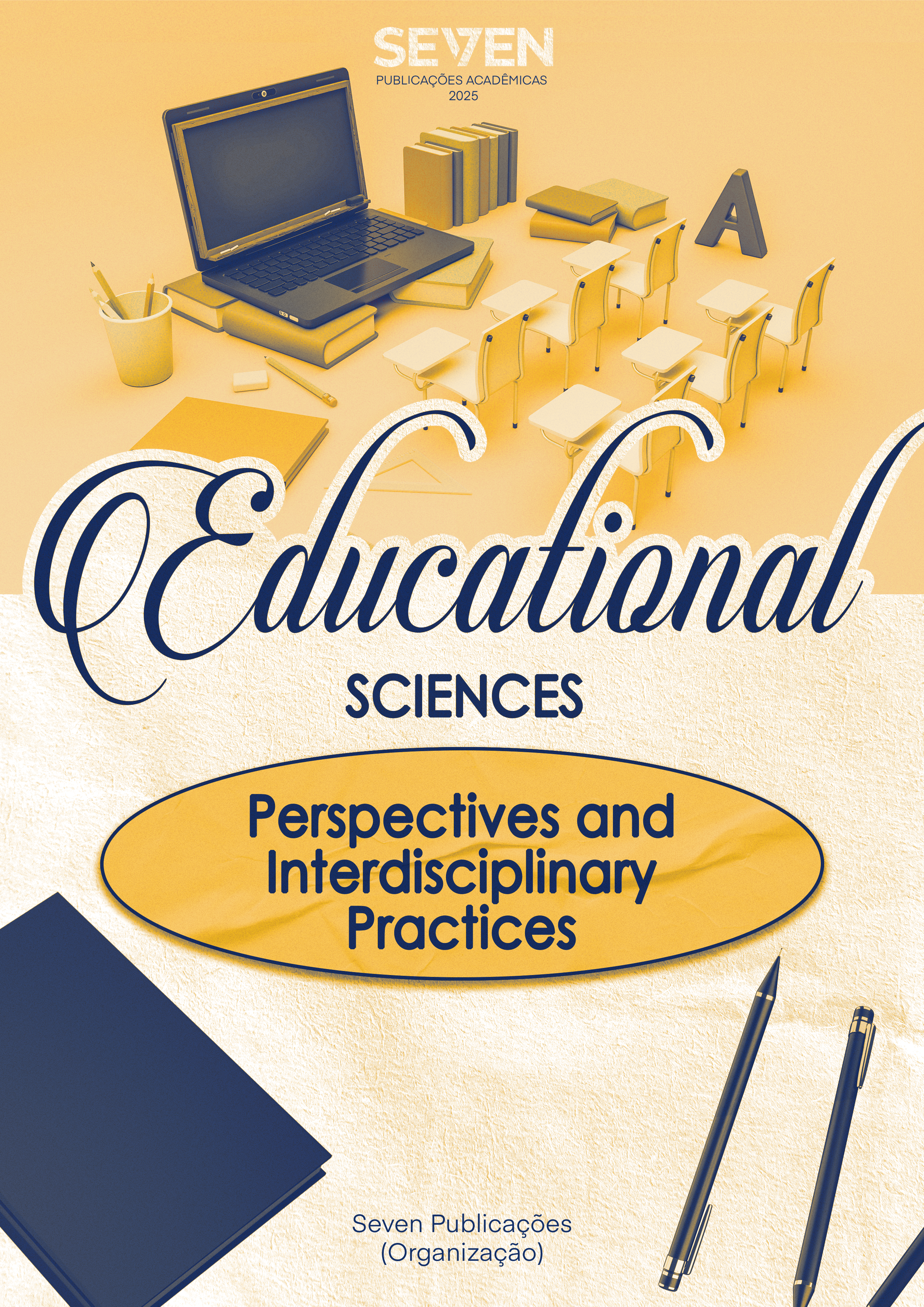MICROSOFT EXCEL AND MATHEMATICAL PRECISION: REFLECTIONS ON EMPOWERMENT, EDUCATIONAL CHALLENGES AND POSSIBILITIES FOR INNOVATION
Keywords:
Mathematical limitations. Excel. Power inconsistencies. Global education. Data reliability.Abstract
The article analyzes the mathematical limitations of Excel, highlighting how multiple power inaccuracies present in the tool can influence global education. The analysis focuses on how these failures in the treatment of data and calculations can affect the quality of learning and the training of professionals, mitigating the impact on academic and scientific decisions. The research investigates the main recurring inconsistencies in the software, such as limitations in the calculation of large numbers and inaccuracy in the manipulation of exponential variables, proposing solutions to mitigate these problems. Objective: To investigate the mathematical limitations of Excel, especially power aspects that present inconsistencies, and how these problems affect global education, proposing alternatives to improve the reliability of the tools used in teaching and research institutions. Methodology: The study uses a literature review and technical analysis of mathematical inconsistencies found in Excel, comparing it with other calculation tools. The qualitative approach examines the application of Excel in different educational areas and the implications of these errors, in addition to analyzing the technical and scientific literature on the subject. Expected Results: Identify how power inaccuracies in Excel affect the accuracy of calculations in educational and research settings, highlighting the impacts on academic decisions, research projects, and scientific publications. It is also expected to highlight the effects of these errors on the training of professionals and the dissemination of erroneous data. Conclusion: It is concluded that, although Excel is widely recognized for its importance in global education, it is necessary to be aware of its limitations in mathematical calculations, such as the inaccuracies related to potentiation. To address these issues constructively, it is essential to promote greater awareness on the topic, invest in user training, and encourage the development of complementary solutions. Thus, it is possible to continue using this tool effectively, ensuring reliable results and reinforcing its role in learning and academic practice.
Downloads
Published
Issue
Section
License
Copyright (c) 2025 Rafael Alberto Gonçalves

This work is licensed under a Creative Commons Attribution-NonCommercial 4.0 International License.





